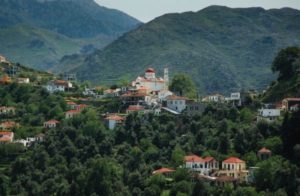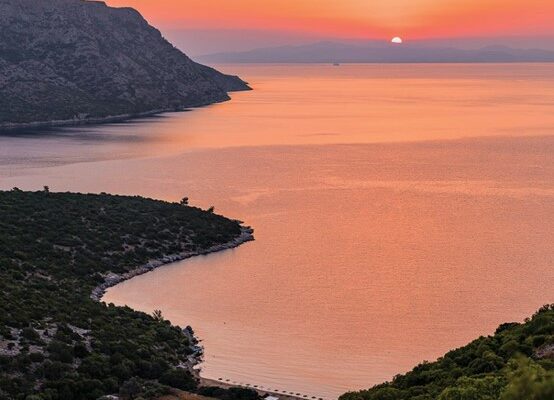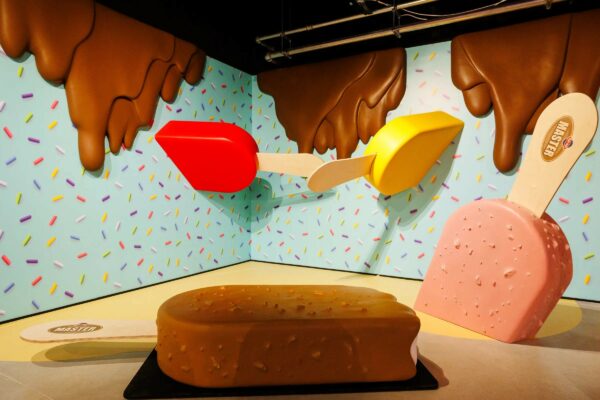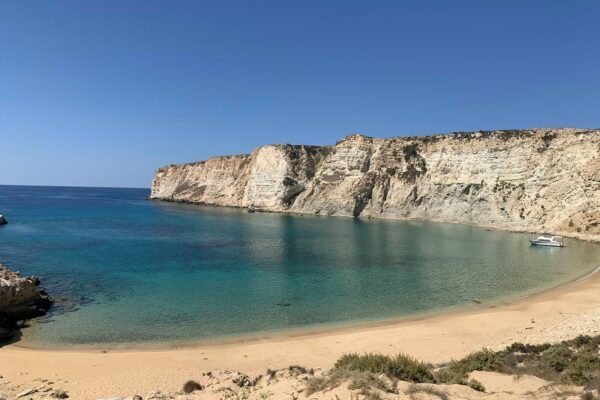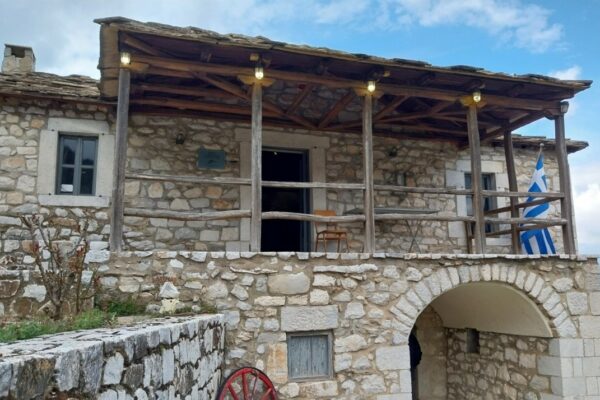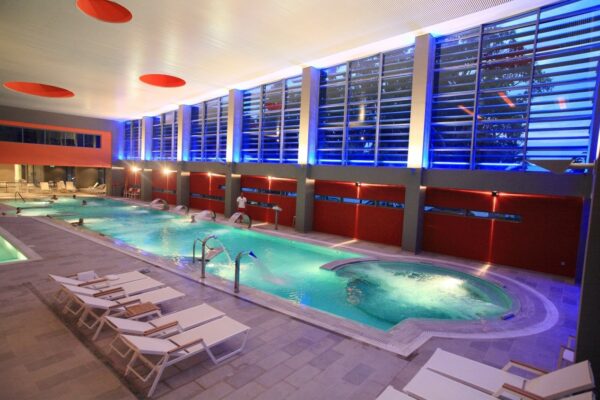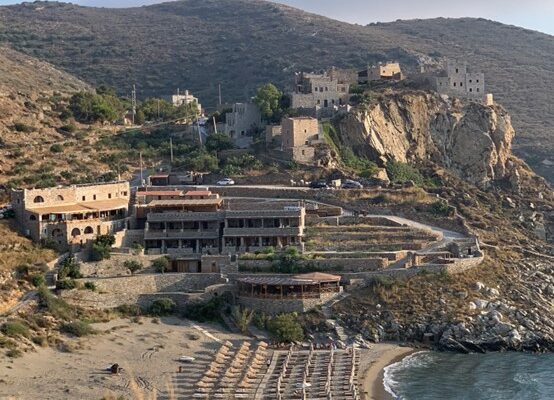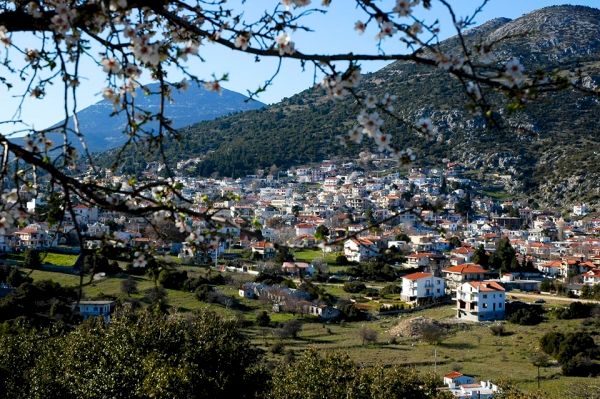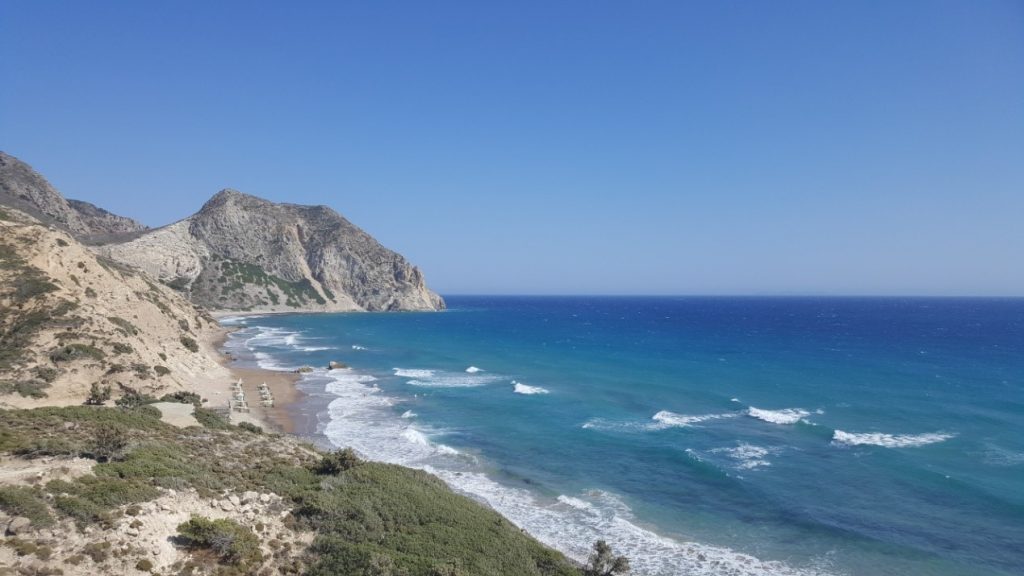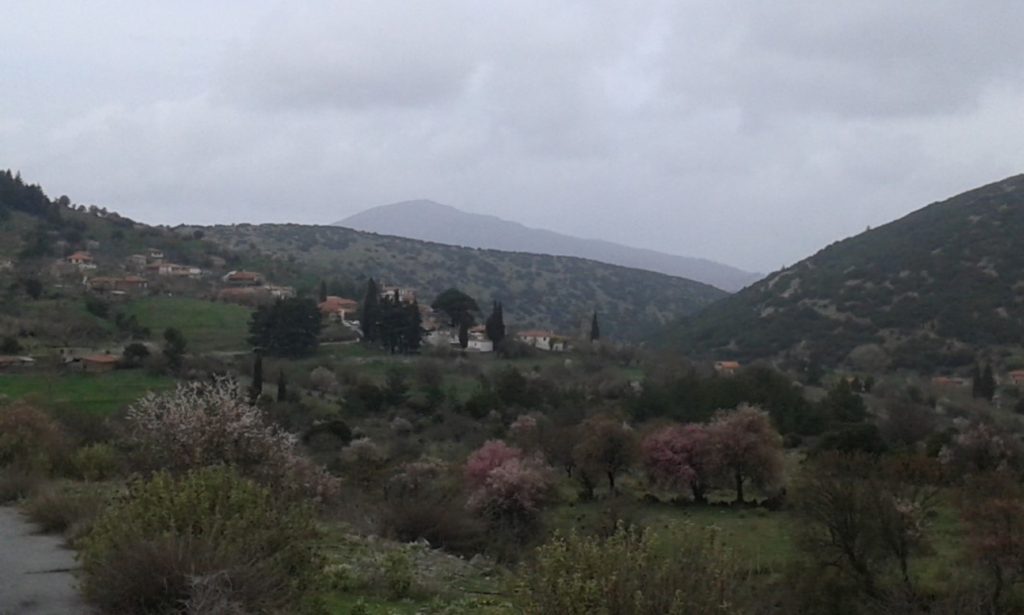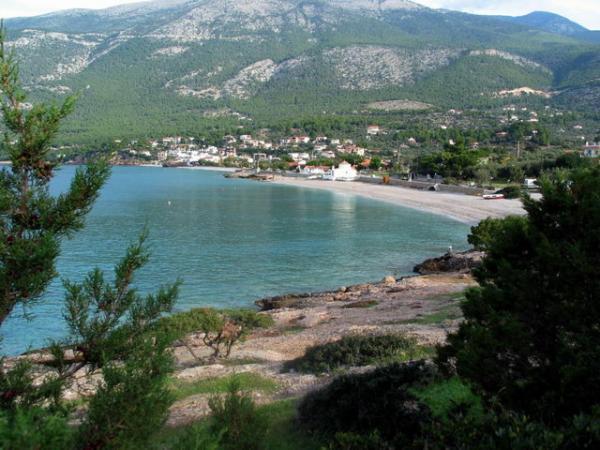20 things to see and do in Chania
WHAT TO SEE IN CHANIA
- The Old Port. built in 1320 the Venetians and occupied the area from the Maritime Museum to the Egyptian lighthouse and Yali Tzamisi.
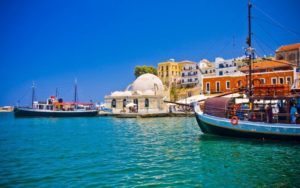
- The Yali Mosque Tzamisi or Glass or mosque Küçük Hasan (1th commander Chania). It built the 17The century. and has many Renaissance and Islamic architectural elements as the architect said to be from Armenia.
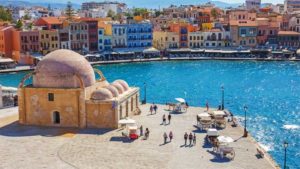
- The Egyptian Lighthouse (height 21 m.). Created by the Venetians but when 1830-1840 It restored by the Egyptians got its present name.
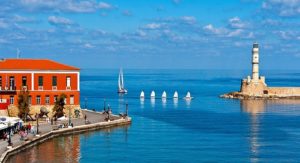
- The Venetian Shipyards or Arsenals or Shipyards, the Old Port of Chania. They built by the Venetians in 1497 and were maintenance area of the boat during the winter months. The Neorio Moro, "The head uncovered shipyard" took its name from the Venetian, Intendant Moro today there is housed the Sailing Club of Chania, which is open for coffee, talks, book presentations, reports etc..
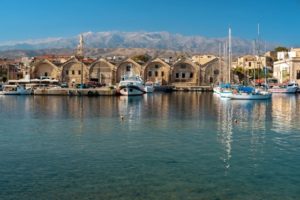
- The Great Arsenal. built in 1600 as the seat of the Venetian flagship. Today houses the Mediterranean Architecture Center(CMA). A separate multi events, concerts, theatrical performances etc.. (Akti Tompazi 31, Katechaki square)
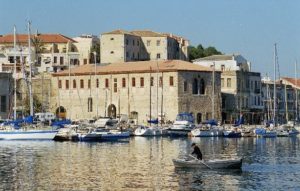
- Fortress Bastion - Bastion San Salvatore. built in 1645 by the Venetians to fortify the city and called Revelino del Porto. To present name is taken from the Turks who used it for Firka = barracks. Today the entrance to the fortress houses the Marine Museum, with 2.500 Exhibits.
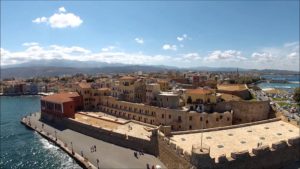
In Bastion Fortress, San Salvatore, on the west side of the fortifications and within the church of San Salvatore (15th), housed in 1997 or Byzantine & Post-Byzantine Collection of Chania, with exhibits from archaeological excavations. The covered portico or "cloister», preserved next to the church was the Franciscan monks cells (coast Kountourioti).
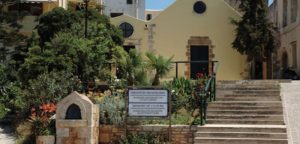
- The Archaeological Museum Chania. Housed in 1963 the church of the old Venetian monastery of St. Francis (16th). You will see findings from the excavations of the area and the collection donated 2000 Constantine and Marika Mitsotakis.
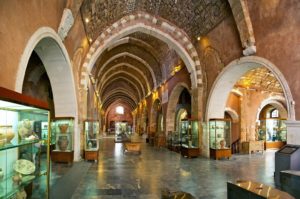
It is planned the construction of the new Archaeological Museum of Chania (NSRF 2014-2020), in the area of Halepa. After completion of the work will make the transfer of the exhibits in the new building and the current will be transferred to the exhibits of Byzantine and Post-Byzantine Collection, the Church of St. Frangiskou. (Halidon 21, tel. : +30 28210 90334)
- The square 1821 or Square Splantzias. Splantzia constituted under Turkish rule, the city center as well as surrounding districts were most Muslims. In the old plane tree in the square were hanged by the Turks many Greek Christians. In the square there is the church of St. Nicholas, which was built in 1320, originally as a catholic monastery of St. Peter, Dominican monks of Candia. During the Turkish occupation the monastery was converted into a mosque, the Chiougkar Tzamisi, honoring Sultan Ottoman Empire, Ibrahim and a small minaret added. From 1928, the mosque was converted into a Christian church dedicated to Saint Nicholas. NW. the square is the church of St. Rocco (1630), a great Venetian Monument. Until 1925 housed Central Station Gendarmerie Chania today space given for exhibitions.
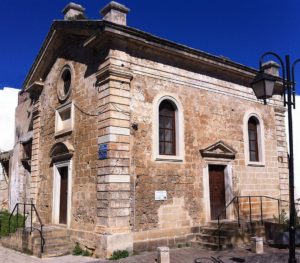
- Areas Halepa & Tabakaria. Halepa is a city district with many mansions 19th -20th century. You will see the National Research Foundation "Eleftherios K.. Venizelos ", the house of El. Venizelos, the Elena Venizelou, (tel.: 28210 56008, s. 111 & 112), Palace of Prince George, French School, the Russian church of St.. Magdalene and the Church of the Annunciation. in Tabakaria, east of Chania, yet the stone buildings of the old tanneries (19th ), which were used for the treatment of skin during the Egyptian occupation of Crete.
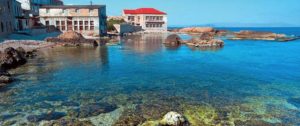
- The Folklore Museum "Cretan House '. It includes several old utilitarian objects, (18th -19th), waxwork, a remarkable collection of lace, etc.. (46b Halidon)
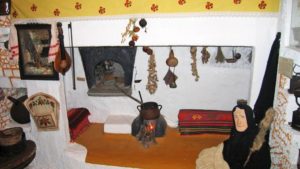
WHAT TO DO IN CHANIA
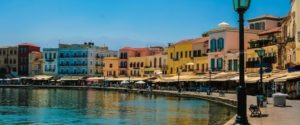
- Go to Akti Tompazi, Old Port, for coffee, food and rides.
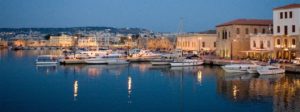
- on the street Hatzimichalis Ntaliani, with the traditional houses and the Aga Mosque Minaret, to find the most cafes, taverns and bars and nightlife.
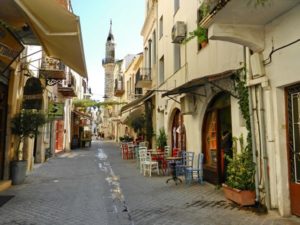
- Ride in the district top Canaan or Topanas (from Turkish top Hane = gunpowder), above the Old Port. Walk the streets Angel, Calves and Theotokopoulou, to move to the time of the Italian occupation of the island. You will see many Renaissance buildings, now transformed into hotels. After your walk you can sit for coffee, eat or go shopping in the shops available here.
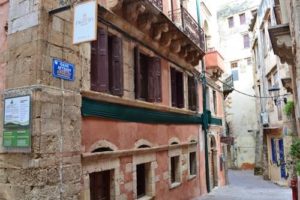
- Buy spices and foods from Municipal Market. inaugurated in 1913 from El. Venizelos and has a cross shape. Opposite is the legendary London Bar, who entertained the fleets of Allied Forces.
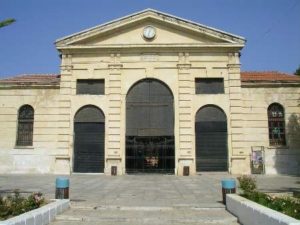
- Cool off in the oasis Chania Municipal Garden. built in 1870 by philhellene, Reouf Pasha. NW. It is the impressive Clock, the town's landmark, which was built by the 1924-1927. (A street. Papandreou & ha. Tzanakaki)
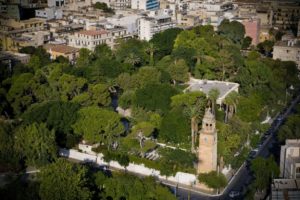
- For the best view of the city visit Cape or Prophet Elias hill, with Tombs of the Venizelos. If you want sweet, coffee or drink cafeteria with "Owl" name (the room was old outpost of German antiaircraft).
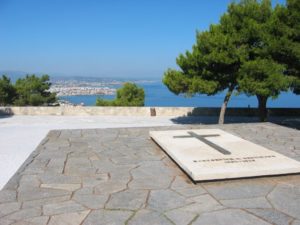
- Bathroom in Beach Koum Kapi (Turkish Kum Kapisi = Gate Sand) or "Sabionera», the Venetians. It is the coastal area located to the east gate of the Old Port. Apart from the beautiful beach, You will find taverns, Restaurants and cafes.
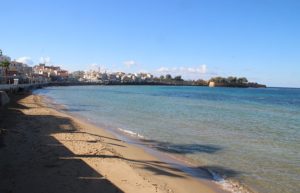
- For souvenirs and logos, in the Greece National Football Museum. The whole history of Greek football in more than 1000 exhibits on the National Football Team, such as cups, blouses, posters etc.. (Tsouderon street 40)
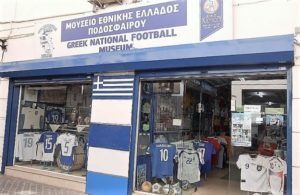
- For bougatsa Chania, at Jordan. From 1924 makes the famous pies Chania, with cream cheese and sugar. (Apokoronou 24)
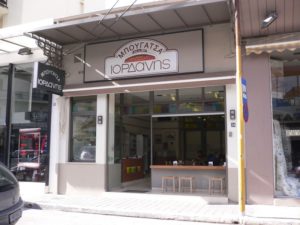
- For Cretan food, at the village Therisos Chania. It is 16 km from the city of Chania in altitude 580 m. NW. White Mountains. The village played an important role in the revolutions that took place in Crete, periodically, most notably Therisso Revolution, 1866-1869 when they set on fire by the forces of Mustafa Pasha. It knows the "Gorge Reapers" or "gorge Eleftherios Venizelos", length 6 km. Apart from the Church of St. George (16th ), the history & Folklore Museum (1985) and the National Resistance Museum (2003), The area is famous for its taverns, where you can taste traditional cuisine along with Cretan vrakoforous.
